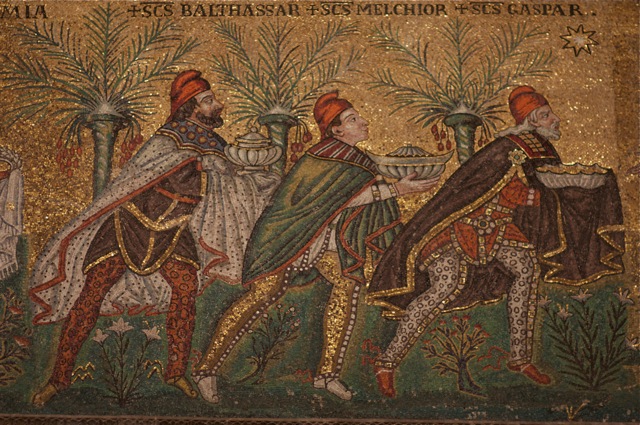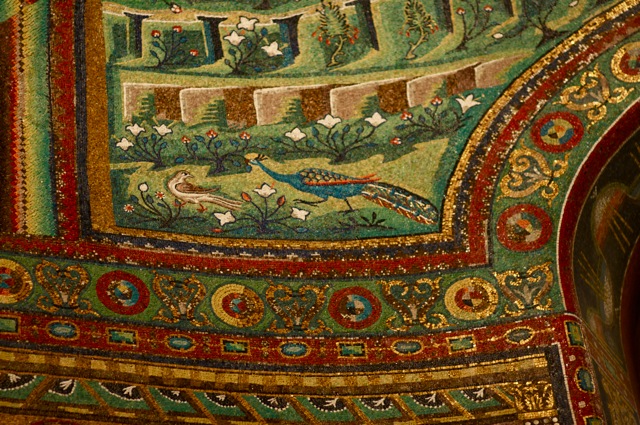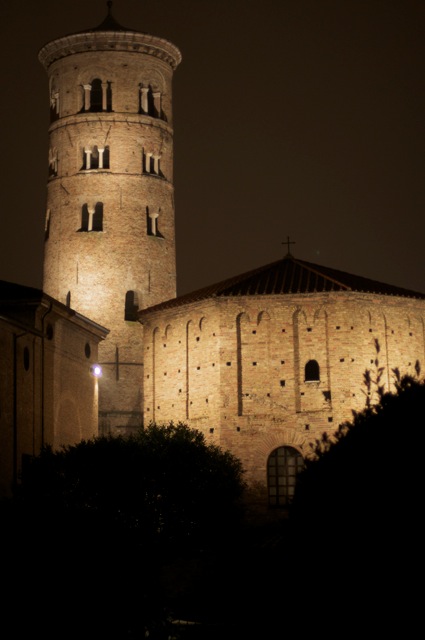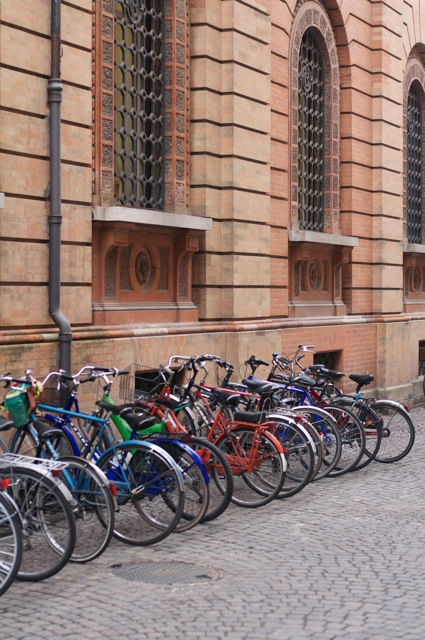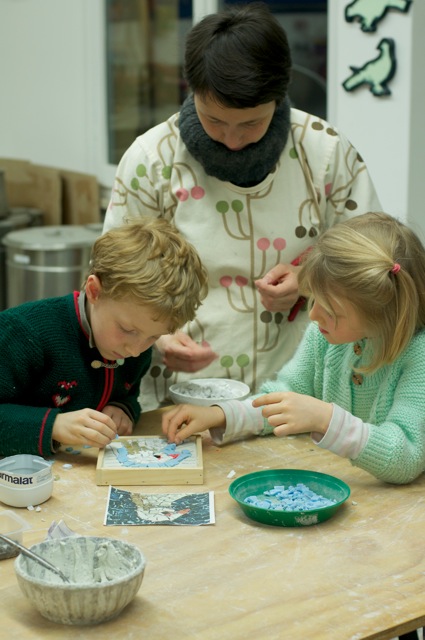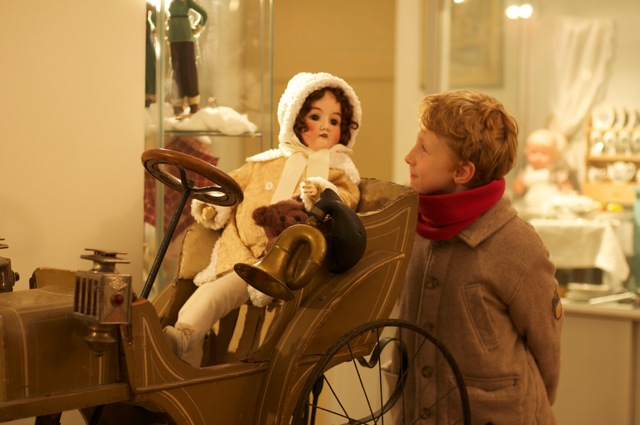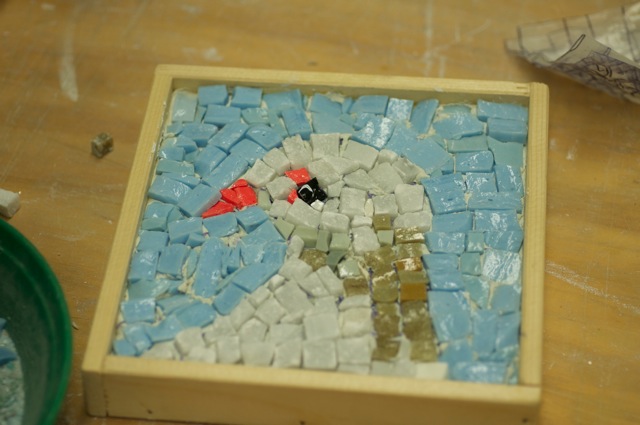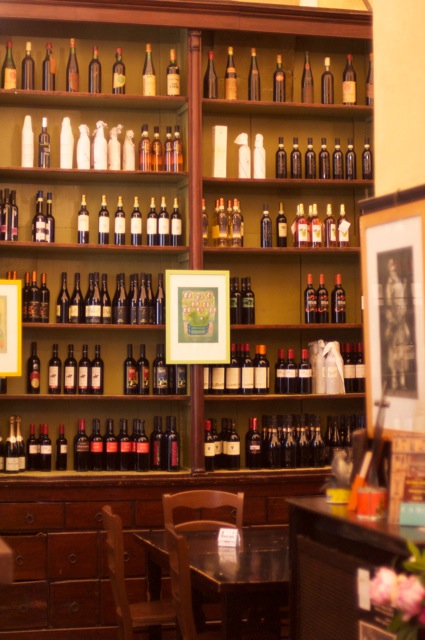Ravenna
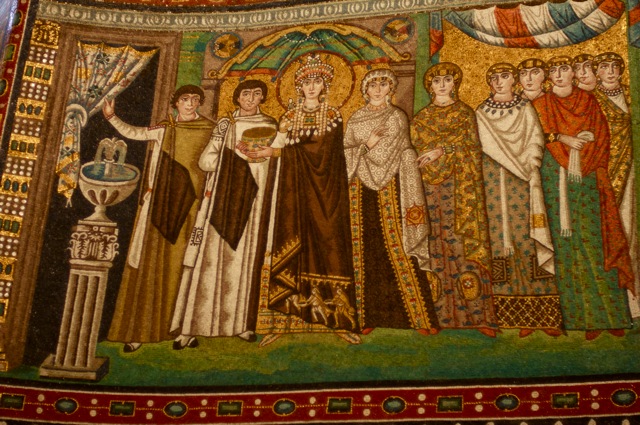
“Nowhere else in the world are there such relics of the fifth and sixth centuries, and, unlike many Italian cities, Ravenna is easy to understand. The visitor is not required to leap mentally from century to century : everything he is shown is the result of events which occurred during what in Italy is a brief space of time, a mere century and a half, from A.D. 400 to A.D. 550.” So write H.V. Morton in his splendid A Traveler in Italy, always top of our client reading lists.
Ravenna achieved its artistic splendor when it was the western capital of the Roman Empire and the bridge between the Roman and Byzantine worlds, and its mosaics and images, with their glowing blues and gold lapis, outshine everything of a similar period in Istanbul or Greece.
“Some may think that illustrated books have made them familiar with the Ravenna mosaics”, writes Morton, but “no illustrations…are able to convey the spirit of those curiously stylized, rigid decorations, least of all can they reproduce the glow and glitter, almost as if the little glass and stone cubes were fitted with their own illumination. This, I think, can be explained by the skillful way the cubes are cut so that they reflect the light at various angles; and it may also explain why the colors change at different times of day.”
One of the most interesting things about Ravenna is the contrast between its general architecture and urban planning, which are pleasantly regular and typical of the Emilia Romagna, and the remarkable early Christian and Byzantine monuments which spring unexpectedly, in isolated pockets, in the town. A characteristic feature of Ravenna is the cylindrical bell tower, constructed in both the 9th and 10th centuries and again under the Venetian rule in the 15th century.
Throughout its Roman reign, Ravenna was a city surrounded by marshes, and well before anyone had heard of Venice, Ravenna’s streets were canals and transportation was by boat. A pool of water three feet in height permanently fills the 10th century crypt of the church of San Francesco (a 50 centesimi coin will illuminate it), seeping up from the foundations. This is one of the few remaining records that the marsh is still here — the same marsh that made Ravenna such a strategically located capital and protected its emperors 15 centuries ago.
Ravenna is a wonderful place for walking; though churches are well spaced from one another, distances are not long, shops are interesting, and there is a pleasing sense of prosperity in this thriving town, withits surprisingly sophisticated shops. Everyone has a bicycle here, and the city center is completely closed to traffic.
Ravenna has a number of additional treats to offer : a superb mosaic studio, where we urge you, for four hours, to take a private mosaic-making workshop (please ask us for details : an experience not to miss)..
and American Stephanie Jurs, a Ravenna resident since 1998, and one of the world’s premiere mosaicists. With her husband Robert Stout she runs Two Dolphin Mosaics. She moved to Ravenna to study traditional Roman and Byzantine techniques, and designs, produces and installs her own small scale, intricate mosaics for clients in the US and Europe as well as publicly commissioned works of real elegance and interest. Visiting mosaics with her in Aquileia and Venice would be a great delight, and is an option we can coordinate for you.
Another treat is one children will most enjoy, especially those between about ages 5 and 10, and our children will tell you about in your Travel Plans !
My own memories of our recent trip focus on the wonders of what we saw in churches and museums, the exciting experience of making our own mosaics with Arianna..
and a risotto con formaggio blu e pinoli at our favorite restaurant, one we think you may also find to be among the more interesting osterie of Emilia Romagna.
Avanti — andiamo a vedere i mosaici !

Meet Marjorie
Insider’s Italy is an experienced family business that draws on my family’s four generations of life in Italy. I personally plan your travels. It is my great joy to share with you my family’s hundred-year-plus archive of Italian delights, discoveries and special friends.

